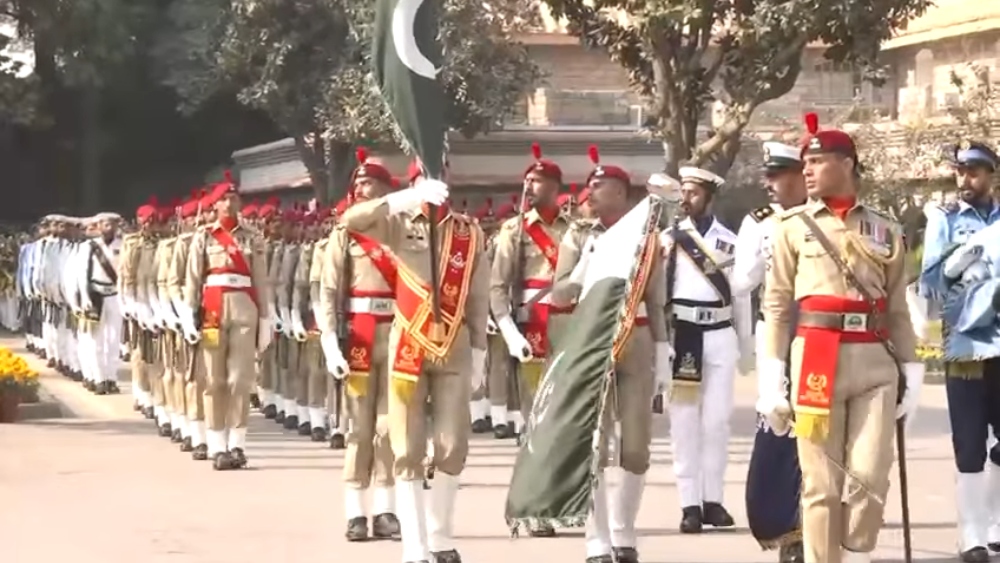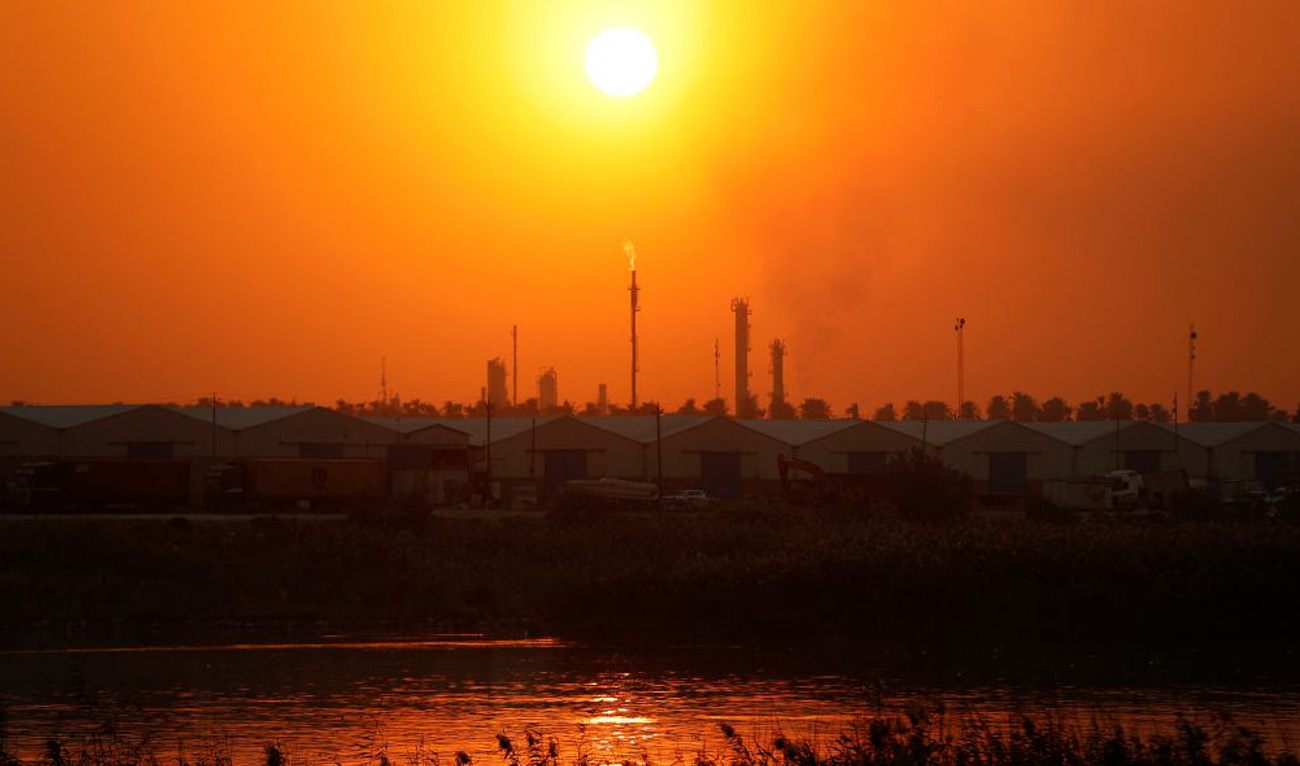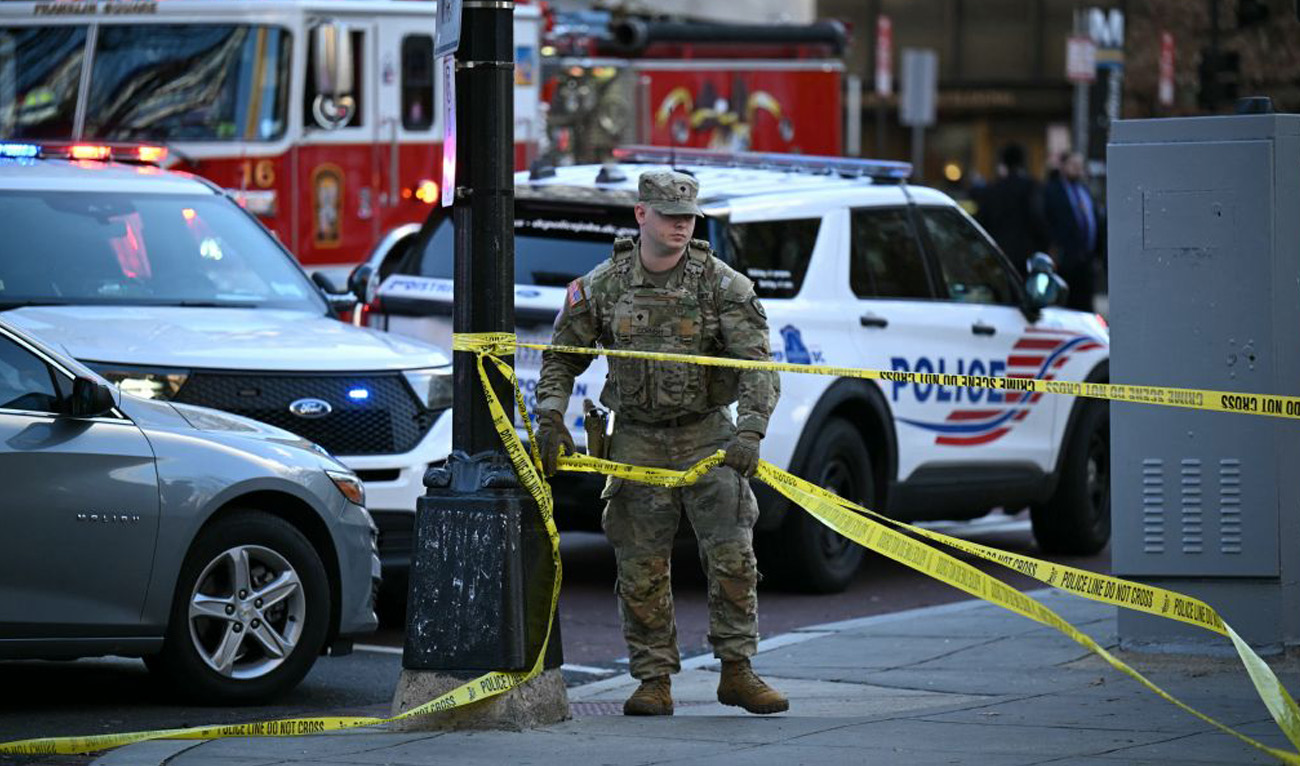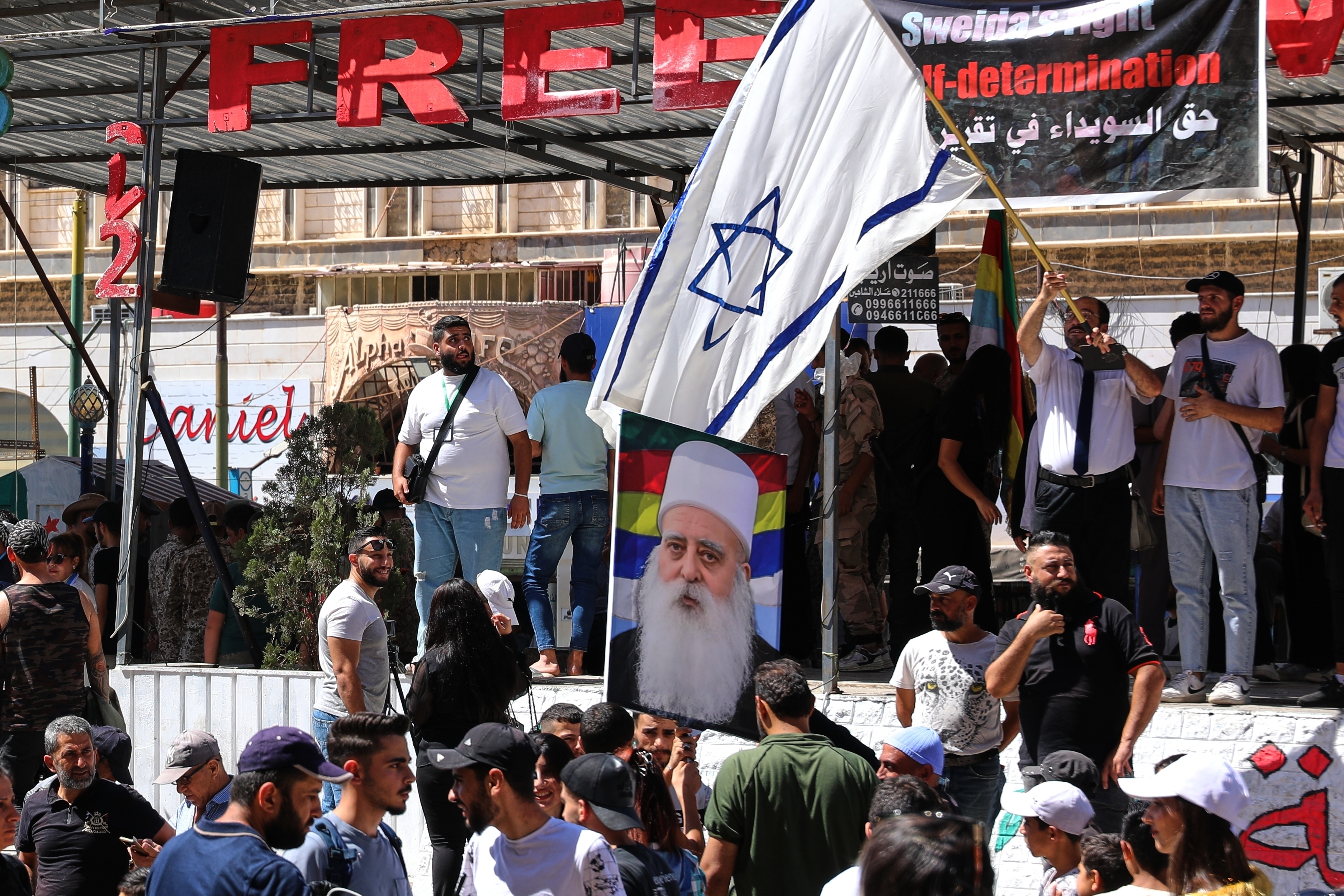BEIRUT: Syrian government fighters entered the city of Sweida over the summer in an apparent bid to assert control over the enclave of the Druze minority that for years had operated in semi-autonomy.
It backfired. Sectarian attacks on Druze civilians during the ensuing fighting have hardened Sweida’s stance against the government, pushed it toward Israel, and led some in the minority sect to go as far as calling for secession.
Now Druze groups have set up a de facto military and governmental body in Sweida, similar to the Kurdish-led authorities in the country’s northeast. It is a major setback for Damascus, struggling to exert its authority across the country following a 13-year civil war and to win the support of minorities.
When former President Bashar Assad was brought down by Islamist-led insurgents in December, many Druze celebrated, welcoming a new era after over 50 years of autocratic rule. They were willing to give interim President Ahmad al-Sharaa, a former al-Qaida-linked militant who promised a democratic and inclusive political transition, a chance.
Among them was Omar Alkontar, a 21-year-old biology student. Then his village outside the city of Sweida was burned to the ground in July’s clashes.
Now, he said, “The main idea is that we have to separate (from Damascus) to prevent another massacre.”
A de facto Druze administration
While many Druze were initially willing to work with the new authorities, a notable exception was Druze spiritual leader Sheikh Hikmat al-Hijri, a divisive figure who had flip-flopped between support for Assad and anti-government protests, and now opposed dealing with the new government.
In July, armed groups affiliated with al-Hijri clashed with local Bedouin clans, spurring intervention by government forces who effectively sided with the Bedouins. Hundreds of civilians, mostly Druze, were killed, many by government fighters.
Videos surfaced online showing armed men killing Druze civilians kneeling in squares and shaving the mustaches off elderly men in an act of humiliation.
The sectarian violence changed the minds of many Druze about the new authorities — and about al-Hijri, who has emerged as the dominant Druze figure in Syria. In August, he established a government-like body called the Supreme Legal Council.
Dozens of armed factions originally formed to counter drug gangs and Islamic State group extremists have banded together under the National Guard. Critics say it includes former Assad loyalists and allied militias trafficking the amphetamine known as Captagon. It also includes former opponents of al-Hijri, most notably the Men of Dignity, a prominent group that had endorsed cooperation with Damascus before the July violence.
“We urge all the honorable in the world … to stand with the Druze sect in southern Syria to declare a separate region that keeps us protected until the end of time,” al-Hijri said in August, upon welcoming the Men of Dignity into the National Guard.
Al-Hijri did not respond to interview requests, and it is unclear exactly what kind of system he envisions.
Many in Sweida want some form of autonomy in a federal system. A smaller group is calling for total partition. Local Druze figures who still back al-Sharaa are now widely seen as traitors.
The attacks in Sweida sounded “strong alarm bells among the Druze” as well as other minority groups, said Mazen Ezzi, a Syrian researcher from Sweida now based in Paris.
“The Druze realized that to stay part of this new political status quo under the new authorities will be extremely difficult,” he said.



.jpg)


